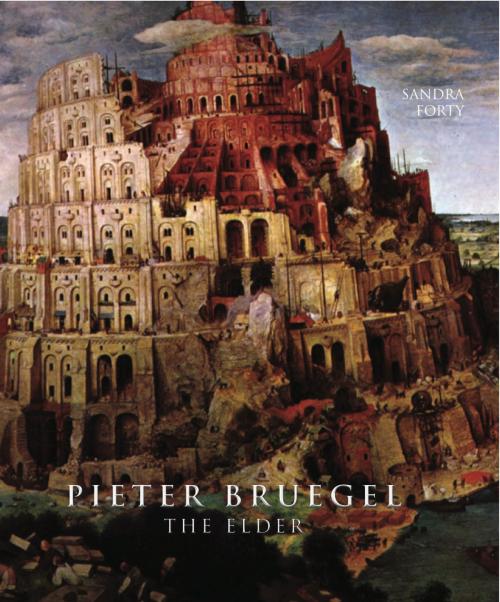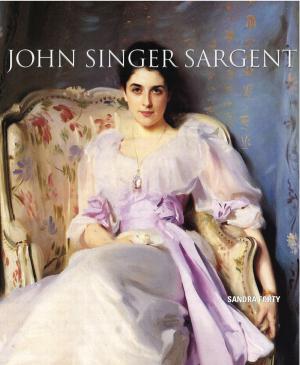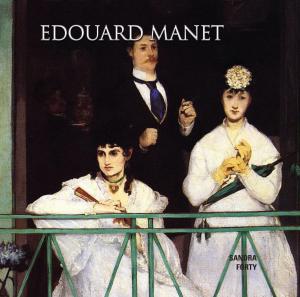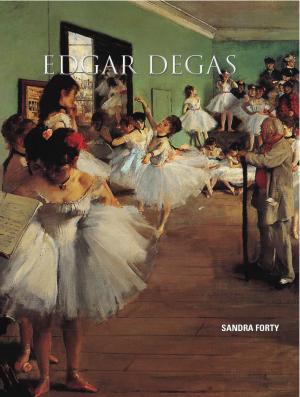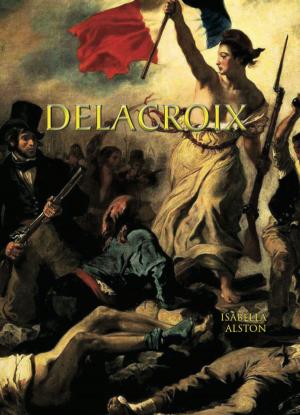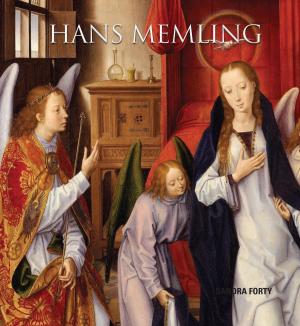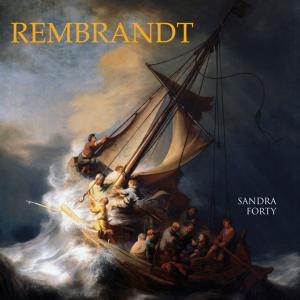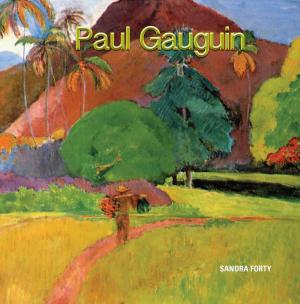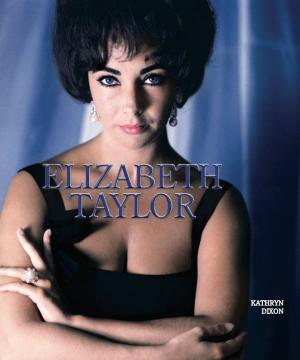| Author: | Sandra Forty | ISBN: | 9781844062911 |
| Publisher: | TAJ Books International | Publication: | August 1, 2014 |
| Imprint: | TAJ Books International | Language: | English |
| Author: | Sandra Forty |
| ISBN: | 9781844062911 |
| Publisher: | TAJ Books International |
| Publication: | August 1, 2014 |
| Imprint: | TAJ Books International |
| Language: | English |
The Flemish artist Pieter Bruegel—sometimes called Peasant Bruegel—was the first great artist to paint scenes of ordinary peasant life and show the common man and woman as they went about their daily tasks and amusements. He is credited with bringing a humanizing spirit to painting— something that was lacking in medieval works and entirely absent from contemporary Renaissance paintings. His compositions are full of rich details and reward close examination; in fact, they are used by cultural historians as source material for old Flemish customs, styles of dress, cultivation, and many other aspects of 16th-century everyday life. In 1563 Bruegel painted one of his most famous works, The Tower of Babel, for the first time; during his lifetime, he painted the subject three times. Called a figurative allegory, The Tower of Babel tells a story from the Old Testament, Genesis 11:1–9. The theme is the futility of human ambition and commercial greed. Other subjects, many produced as prints, included the seven deadly sins (or vices) and the seven virtues. At his death in 1569, his old friend Ortelius described him as “the most perfect painter of his time.” His two sons Pieter and Jan, also accomplished artists, followed in their father’s footsteps, firmly establishing the Brueg(h)el name in the art history books.
The Flemish artist Pieter Bruegel—sometimes called Peasant Bruegel—was the first great artist to paint scenes of ordinary peasant life and show the common man and woman as they went about their daily tasks and amusements. He is credited with bringing a humanizing spirit to painting— something that was lacking in medieval works and entirely absent from contemporary Renaissance paintings. His compositions are full of rich details and reward close examination; in fact, they are used by cultural historians as source material for old Flemish customs, styles of dress, cultivation, and many other aspects of 16th-century everyday life. In 1563 Bruegel painted one of his most famous works, The Tower of Babel, for the first time; during his lifetime, he painted the subject three times. Called a figurative allegory, The Tower of Babel tells a story from the Old Testament, Genesis 11:1–9. The theme is the futility of human ambition and commercial greed. Other subjects, many produced as prints, included the seven deadly sins (or vices) and the seven virtues. At his death in 1569, his old friend Ortelius described him as “the most perfect painter of his time.” His two sons Pieter and Jan, also accomplished artists, followed in their father’s footsteps, firmly establishing the Brueg(h)el name in the art history books.
